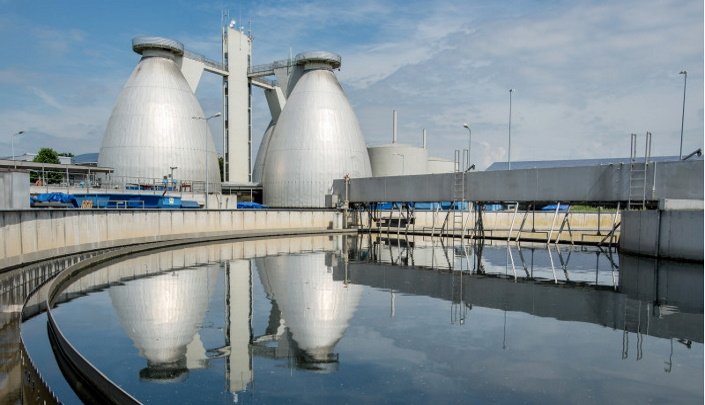

The elimination of phosphorus in wastewater can be a complicated procedure. Phosphorous is often the output of human and animal waste, detergents, and food residues. Wastewater treatment systems lowers a variety of pollutants, including phosphorous; however, more stringent phosphorous limits often require facilities to assess their approach to lowering phosphorous in advance to discharge. Treating for phosphorous can be achieved; the key factor is that it meets the guidelines of local and federal regulations.
Environmental Protection Agency (EPA) declares for more rigid Discharge Limits
While the Environmental Protection Agency (EPA), as well as regional agencies, is currently executing stricter emission limits, the EPA and some regions do identify water trading credits. According to the Clean Water Act, water quality trading (WQT) is a choice for compliance, offering resilience to facilities. The EPA’s 2003 WQT Policy and 2007 WQT Toolkit for Permit Writers provide guidance on how to engage in WQT. WQT also has other environmental benefits. Created to lower the level of water contaminants, notably nutrients, WQT programs permit emitters to enter into a watershed trade among themselves, allowing facilities to find the most affordable and successful way of lowering pollutants.
Phosphorus elimination Challenges
One point to focus about phosphorous is that it’s an automatic occurring nutrient found in soil and rocks. Living organisms need it, but too much can cause rapid plant growth—hence its presence in fertilizer. It can also cause algal blooms, which can block the sunlight and cause algae cells to die. So, while phosphorous deposits are a normal cog in the chain of life, an overabundance can cause serious concerns. This is why phosphorous levels in wastewater must be controlled. There are many ways to effectively eliminate phosphorus, but it relies upon the purification methods and equipment. Treatment plants must employ special phosphorous removal tactics to get the chemical reduced to acceptable levels. Many plants clean their wastewater by releasing it to oxygenated settling ponds where aerobic bacteria dissolve organic waste. Upstream of this process, there may be add-on treatment processes such as a dissolved air flotation system (DAF) or an anaerobic pond. Unfortunately, these methods do not offer the important chemical reduction.
Genex Utility provides Phosphorus elimination services
Nearly any manufacturing process creates wastewater, and it must be “purified” of a comprehensive range of contaminants, consisting phosphorous, before emission. There are also various regulations relying on the location and contaminant. Designing solutions for provisions isn’t a cookie-cutter approach, rather every method is distinct on its own, and provisions should select the appropriate method based on several important factors, along with space and price. Genex utility identifies the complex nature of wastewater and has the necessary services you require to stay adhered with EPA and regional regulations so that you aren’t put up with fines, surcharges, or NOVs (notice of violations). Caring for valuable water resources is everyone’s responsibility. At Genex Utility, wastewater risks are focused on with a careful eye, and we are here to help any kind of provision with either phosphorus treatment schemes or the elimination of other contaminants. Let’s get started with figuring out the most suitable strategy to meet your new phosphorus emission limits.















